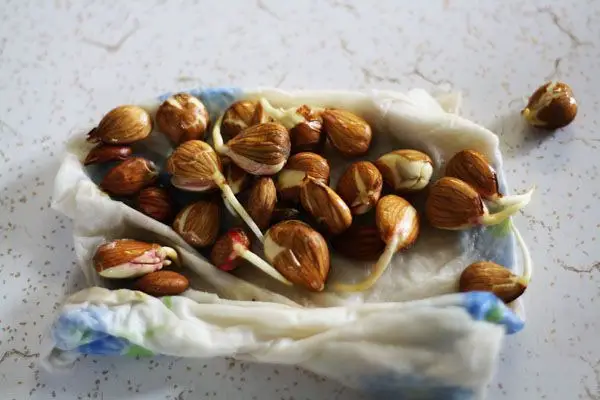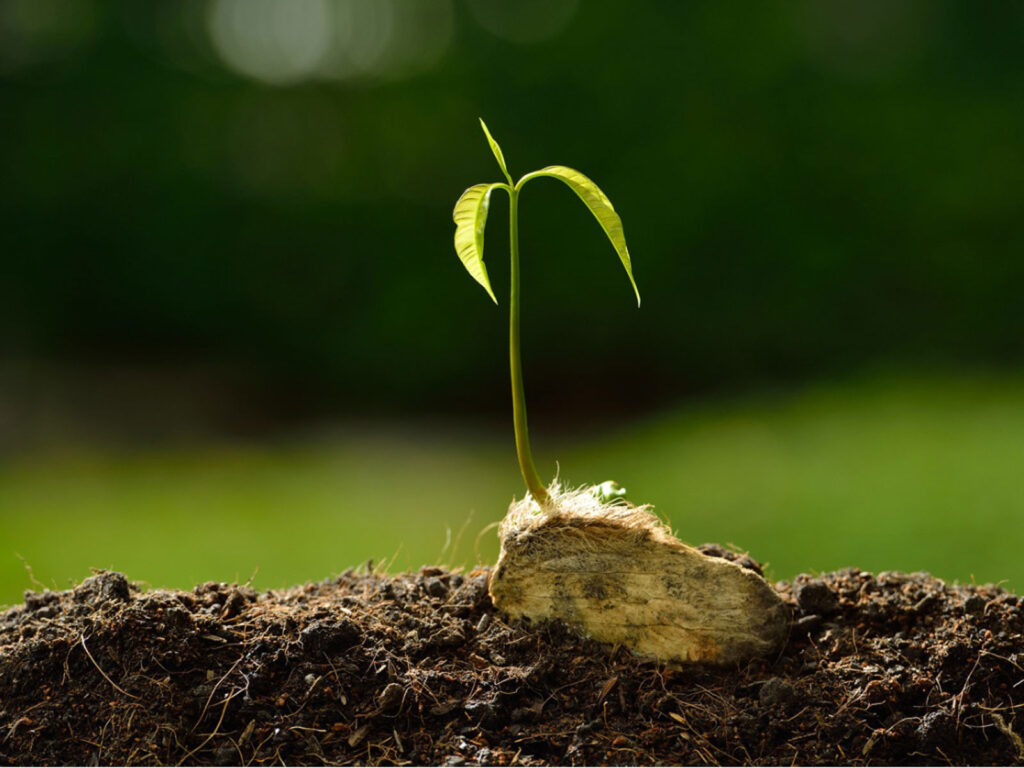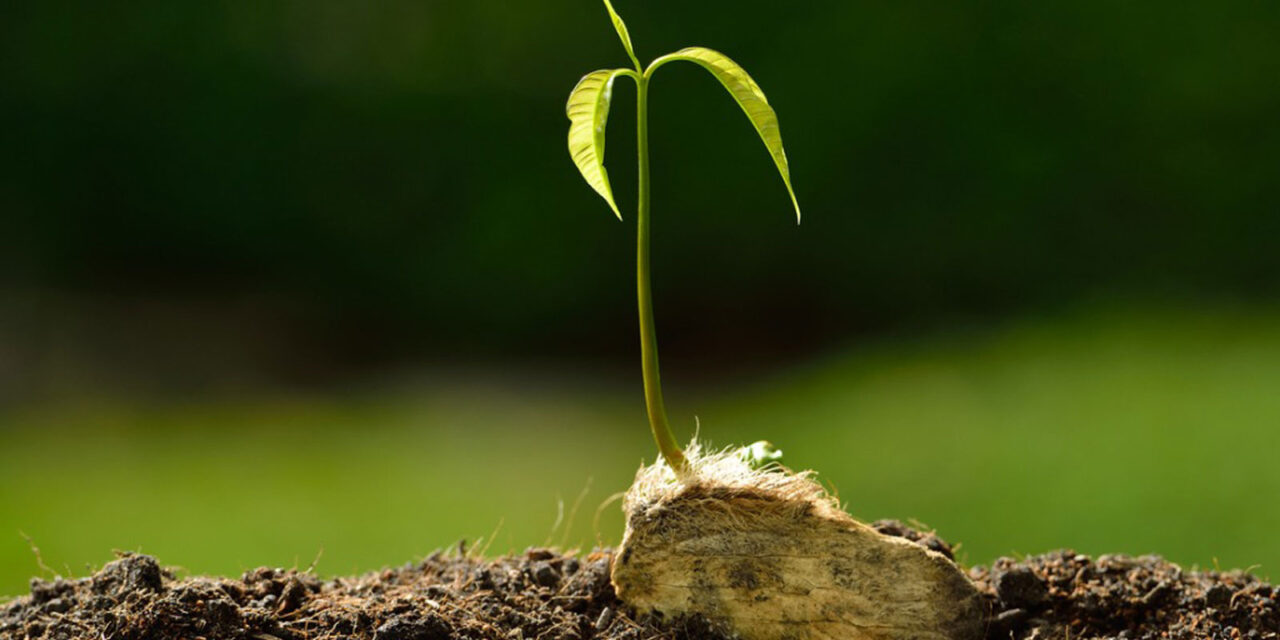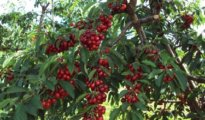Ever wondered how to grow a plum tree from seed? We've got the answers for you, and surprisingly, it's quite easy! Keep reading to learn all about how to grow a plum tree from seed with our easy to follow DIY gardening guide. Plum trees are a type of fruit tree that produces a small, fleshy fruit. The skin of a plum can be smooth or fuzzy, and the flesh can be either red, purple, or yellow. Plums are generally round or oval in shape, and they have a small stone in the center.

Plum trees are native to Asia and Europe, but they can now be found all over the world. In general, plum trees require a warm climate and well-drained soil in order to thrive. However, some varieties of plum tree are more tolerant of cold weather and poor drainage than others. When choosing a plum tree for your garden, it is important to select a variety that is appropriate for your climate and soil conditions.
How to Grow a Plum Tree From Seed
Choosing the Plum Seeds

Before you can grow a plum tree, you need to select the right seeds. There are two main types of plum trees, European and Japanese, and each type has its own distinct flavor. European plums are larger and sweeter than Japanese plums, while Japanese plums are smaller and more tart. When choosing seeds, it's important to consider what type of plum tree you want to grow. If you're looking for a sweeter fruit, go with European plum seeds. If you prefer a tart flavor, go with Japanese plum seeds. Once you've selected the right type of seed, it's time to plant them. Plum trees need full sun and well-drained soil in order to thrive, so be sure to plant your seeds in an area that meets those conditions. With a little care and patience, you can soon enjoy the fruits of your labor.
Planting the Plum Seeds
Before you can plant plum seeds to grow a plum tree, you need to understand a bit about plum tree physiology. The average plum tree grows to be about 15-20 feet tall and wide, with a trunk that's about 6-8 inches in diameter. The tree's roots typically extend 2-3 times the width of the tree's canopy. When planting plum seeds, it's important to take these numbers into account so that you give the tree enough room to grow.
There are two main ways to plant plum seeds: direct seeding and transplanting. Direct seeding is the simplest method, and it can be done by simply placing the seeds in the ground in early spring. Transplanting is a bit more complicated, but it can give your plum tree a head start on growth. To transplant, start by soaking the seeds in water for 24 hours.
Then, plant the seeds in pots filled with moist potting soil and put them in a warm, sunny spot. Keep the soil moist but not soggy, and wait for the seedlings to appear. When they're big enough to handle, transplant them into your garden. With either method, it's important to choose a location that gets plenty of sunlight and has well-drained soil. Growing a plum tree from seed can be a rewarding experience, and it's a great way to get fresh plums right from your own backyard!
Plum trees can be propagated from seed, but it's important to note that not all plum varieties will produce trees that are true to type. For this reason, it's best to start with seeds from a known variety if you're looking to grow a specific type of plum tree. When starting plum seeds, it's best to sow them in pots or trays filled with a well-draining seed starting mix. Sow the seeds ½ inch deep and keep the soil moist but not soggy. The seeds should germinate in 14-21 days.
Once the seedlings have emerged, you can transplant them into larger pots or plant them out in the garden. When transplanting, make sure to dig a hole that's twice as large as the transplant. After transplanting, it's very important to water immediately as well as once a week, unless it rains.
Plum Tree Care & Soil Type

A plum tree can be a wonderful addition to any garden, and with a little care and attention, it can produce an abundance of delicious fruit. There are a few things to bear in mind when growing a plum tree, however. Firstly, plums need full sun in order to thrive, so choose a spot in your garden that receives plenty of sunlight throughout the day. Secondly, the soil should be well-drained and rich in organic matter.
If your soil is heavy or clay-like, you may need to amend it with some compost or sand to improve drainage. Thirdly, plums are relatively drought-tolerant once they are established, but they will produce more fruit if they are watered regularly during the fruiting season. Finally, plums need to be pruned annually to encourage new growth and keep the tree healthy. With a little care and attention, you can enjoy fresh plums from your very own tree in no time!
When to Plant Plum Trees
The best time to plant a plum tree is in the fall, before the first frost. The tree will need full sun and well-drained soil. The hole should be twice as wide as the root ball and just deep enough so that the tree is level with the ground. After planting, water the tree deeply. Young plum trees need to be pruned yearly to encourage fruiting. The best time to prune is in late winter or early spring, before new growth begins. When the tree is mature, it will produce fruit that is dark blue or purple and slightly soft to the touch. Plums are ripe and ready to eat when they come off the tree easily and have a sweet aroma. Enjoy your homegrown plums fresh or use them in jams, pies, or other recipes.
Plum Tree Pests & Diseases
Plum trees are susceptible to a number of pests and diseases, many of which can cause serious damage to the tree. Aphids are small, sap-sucking insects that can infest leaves and stems, causing them to yellow and wilt. Plum trees are also susceptible to plum curculio, a beetle that lays its eggs in the fruit, causing the fruit to rot. Other common diseases include brown rot, powdery mildew, and Verticillium wilt. To prevent these problems, it is important to choose a well-draining site for the tree and to avoid overcrowding. In addition, regular pruning and monitoring for pests can help to keep plum trees healthy and productive.
The Health Benefits of Plums
Plums are a type of stone fruit that grows on trees. They’re related to other fruits such as cherries, apricots, and peaches. Plums come in many different colors, including red, purple, yellow, and green. They’re often used in pies, jams, and other desserts. Despite their sweetness, plums are low in sugar and calories. They’re a good source of fiber and vitamins A and C. What’s more, they contain antioxidants that may have several health benefits. For example, some studies suggest that eating plums can help lower blood pressure and cholesterol levels.
Additionally, plums may boost gut health and reduce inflammation. However, more research is needed to confirm these effects. Overall, plums are a nutritious fruit with several potential health benefits. Including them in your diet may help you experience more optimum health. So now that you know how to grow a plum tree from seed it's time to roll up your sleeves and get to planting!




















Thanks.